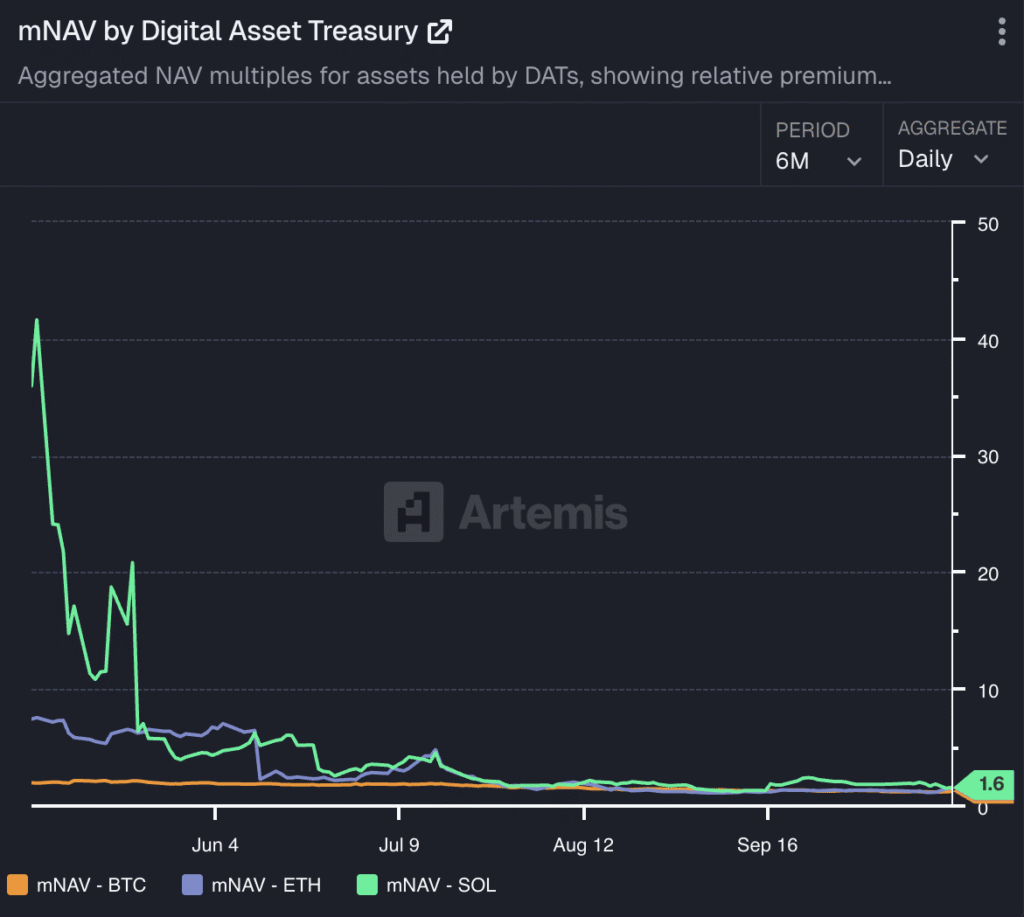This Is What Will Separate DAT Winners from Losers
In the sphere of data analytics technology (DAT), the demand for insight and speed in decision-making is escalating rapidly. From healthcare to marketing, data analytics is proving to be the keystone in strategic planning and operational efficacy. As companies scramble to harness the power of data, a clear demarcation is emerging between the winners and losers in this arena. So, what exactly propels some to thrive while others flounder? Here’s an exploration of key factors that differentiate the successful DAT adopters from those who are left behind.
1. Quality of Data
The foundational differentiator lies in the quality of data that organizations harness. Winners in the DAT space understand that accurate, timely, and relevant data is critical. They invest in robust data governance frameworks that ensure data integrity and consistency across all touchpoints. This helps in reducing noise and enhancing the reliability of data-driven insights. Losers, on the other hand, often struggle with disparate, siloed, and sometimes outdated data sets that lead to compromised decision-making.
2. Integration of Advanced Technologies
Adoption of advanced technologies such as AI, machine learning, and predictive analytics is another hallmark of DAT winners. These technologies not only streamline the data analysis process but also enhance the predictive capabilities of analytics platforms, providing businesses with a foresight that is not available to their less tech-savvy competitors. Losers in this space are typically slower in adopting these advanced tools, which limits their ability to capitalize on data insights fully.
3. Cultural Adaptation to Data-Driven Decision Making
An often-overlooked but critical differentiator is the organizational culture regarding data utilization. Winners embody a data-centric culture where data-driven insights are integral to decision-making processes. In such environments, there is a high level of trust in data analytics, and insights derived from data are valued across the board. On the other hand, losers often face resistance in adopting data-driven strategies, primarily due to a lack of understanding and trust in the data among employees.
4. Talent Acquisition and Training
Possessing the right talent is crucial in the world of data analytics. DAT winners are proactive in acquiring skilled data scientists, analysts, and engineers who can manipulate and interpret complex datasets effectively. Furthermore, they invest in continuous training and development programs to keep their staff updated with the latest in data analytics trends and technologies. Conversely, organizations that lag in this aspect often struggle with underutilized data capabilities.
5. Scalability and Flexibility
The ability to scale and adapt data practices in response to evolving business needs and technological advancements is a significant separator. Winners in DAT are agile; they have scalable systems that grow with their data needs and are flexible enough to integrate new data sources and technologies. Those lagging behind often have rigid systems that become quickly outdated or are unable to handle increased data loads efficiently.
6. Ethical Data Practices
In today’s data-driven world, adhering to ethical data practices, including data privacy and security, is more crucial than ever. DAT winners not only comply with current regulations but also stay ahead of the curve in anticipating future legal standards. They build trust with their customers by being transparent about data usage, thereby enhancing their reputation and competitiveness.
Conclusion
The gap between the winners and losers in the field of data analytics technology will continue to widen as we advance. The winners will be those who can not merely collect large amounts of data but who can also derive meaningful, actionable insights efficiently and ethically. These organizations recognize that the true power of data lies not just in its accumulation but in its application toward achieving sustainable business growth and operational superiority. By focusing on these critical differentiators, companies can position themselves to reap the substantial benefits of data analytics and secure a competitive edge in their respective industries.



